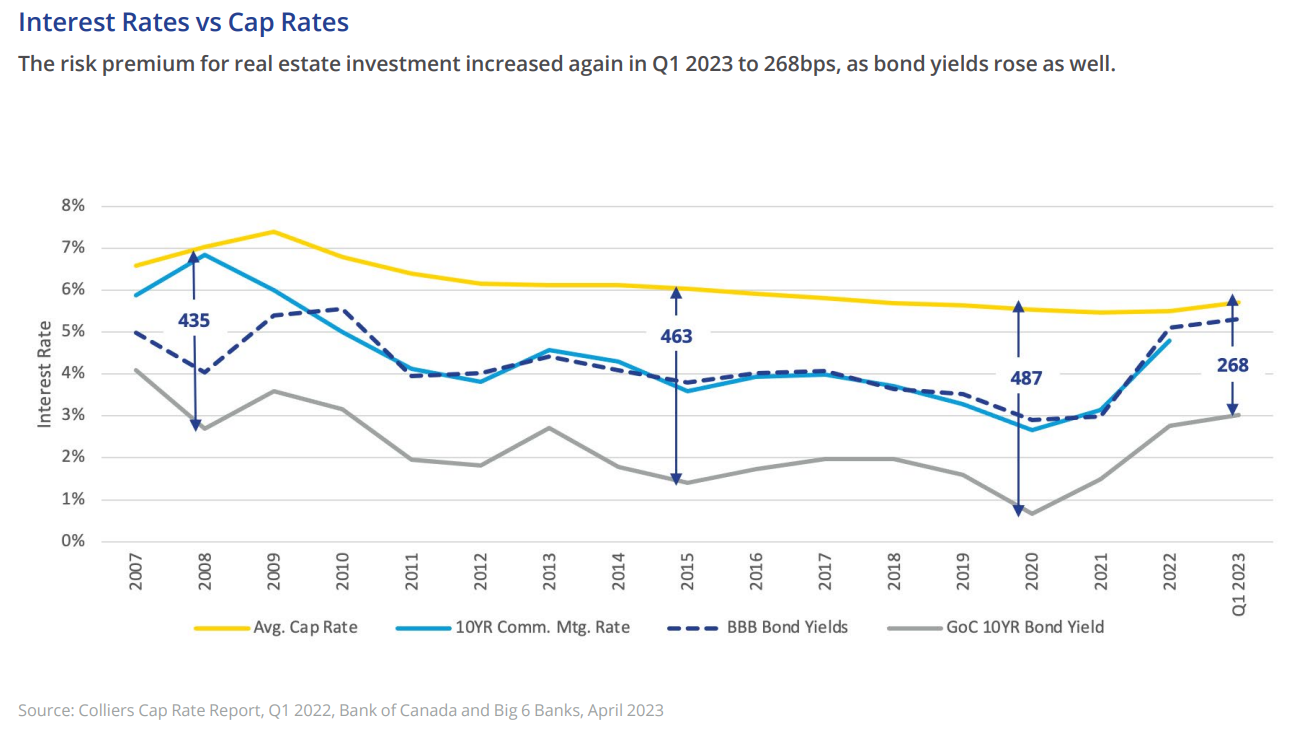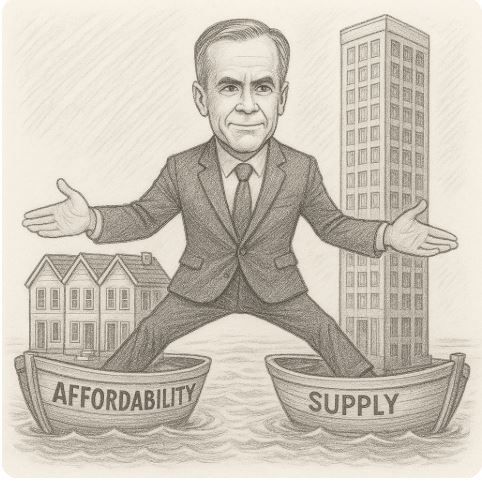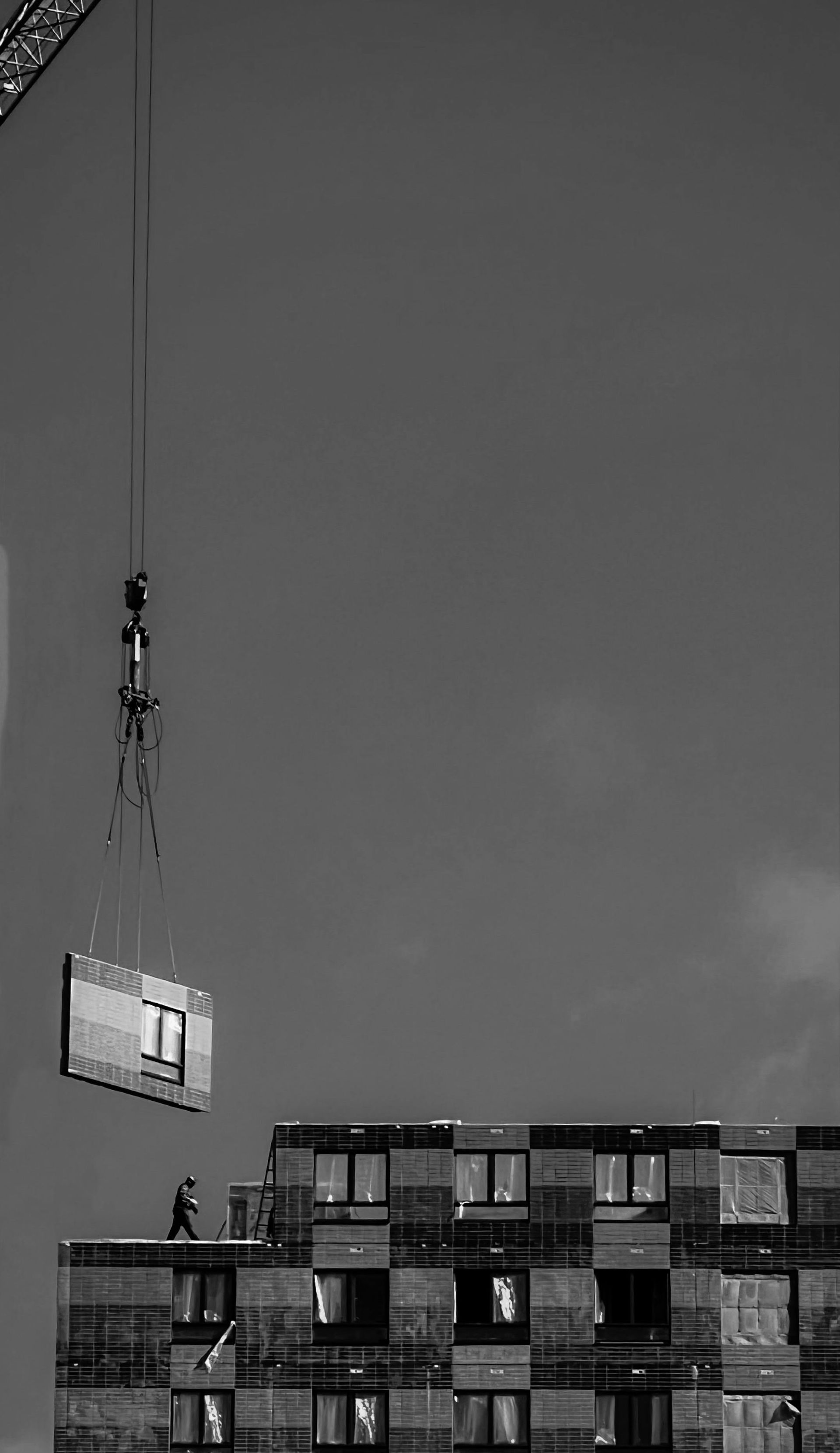By Hawkeye+ Wealth+Ltd.
•
October 4, 2025
Introduction Canadian farmland hasn’t posted a single annual decline in value since 1992 . Take a second to soak that up. More than thirty years, multiple recessions, inflation spikes, a housing crash and a tech- bubble. Through it all, farmland kept climbing. In a world where many asset classes appear vulnerable to technological disruption or shifting consumer preferences, the core value in farmland is tied to a necessity that will always remain constant. Food. In this edition of the Bird’s Eye View , we discuss the case for investing in Canadian farmland and share the most compelling points and potential risks from our due diligence on this asset class. The Investment Case for Canadian Farmland In our view, farmland has six main features that make farmland investment attractive: 1. Consistent Performance and Low Volatility - A 30+ year track-record of positive annual returns is astounding, even more so when you consider that the average annual increase over that period has been 8.1%. Past performance doesn’t guarantee future returns, but there is merit to the fact that farmland has been remarkably consistent through periods of high market volatility. When considering that the figures above don’t account for any profit from the land, farmland has done an impressive job of delivering returns comparable to U.S. equities, but with a volatility profile that more closely resembles bonds. 2. Natural Scarcity - Most cities are established near fresh water and fertile soil. Thus as populations grow and cities expand, that development inherently reduces the base of potential farmland. While most provinces have some level of agricultural land protection program in place, the fact remains that there is a finite amount of farmable land, and each year there is less of it. 3. Diversification and Inflation Hedge - Farmland has a long track record of holding its value when inflation eats away at other assets. Rising food prices translate directly into stronger farm revenues, which in turn support rental income and land appreciation. Additionally, over the last 50 years, farms have averaged an increase in productivity of ~1.5% per year by adopting new technology and processes (machinery, irrigation, nutrient management), which serves as a natural inflation hedge. Unlike equities or bonds, farmland’s performance has shown little correlation with public markets , giving it genuine diversification benefits. 4. Investor-Tenant Alignment - For anyone feeling exhausted with the rhetoric about ‘greedy developers’, it may come as welcome news that investors and landlords aren’t automatically the bad guy in the farmland space. Research shows that farmers are able to drive higher levels of profitability per acre when renting compared to when purchasing farmland , and that trend is accelerating. While renting doesn’t necessarily outperform ownership over the long-run when accounting for land appreciation benefits, it does improve cashflow. Since farming is capital intensive, renting land allows farmers to allocate funds that would have otherwise gone to land, toward equipment and operations that improve yield and profitability. Since farmers’ profitability depends on sustaining yields, they are naturally incentivized to care for the soil and manage the land well, which not only supports their own returns but helps preserve and even enhance the underlying land value. As a result, the ‘renter’s mentality’ sometimes seen in other real estate sectors is far less common in farming. 5. Comparative Affordability - In housing, the current challenge is that people can’t afford to pay what developers can feasibly build. In comparison, while farms are comparatively less affordable than they were 5 years ago, the gap is far less dramatic than it has been in housing. Farm values and rents have rapidly increased, but the revenue generated by those farms has also substantially increased , which has slowed the loss of affordability. While current affordability levels are still a concern in the space, farmers can still operate profitably at current price levels and as shown on the chart below from Farm Credit Canada , we are nowhere near the peaks of unaffordability that farmers experienced during the 1980’s:














